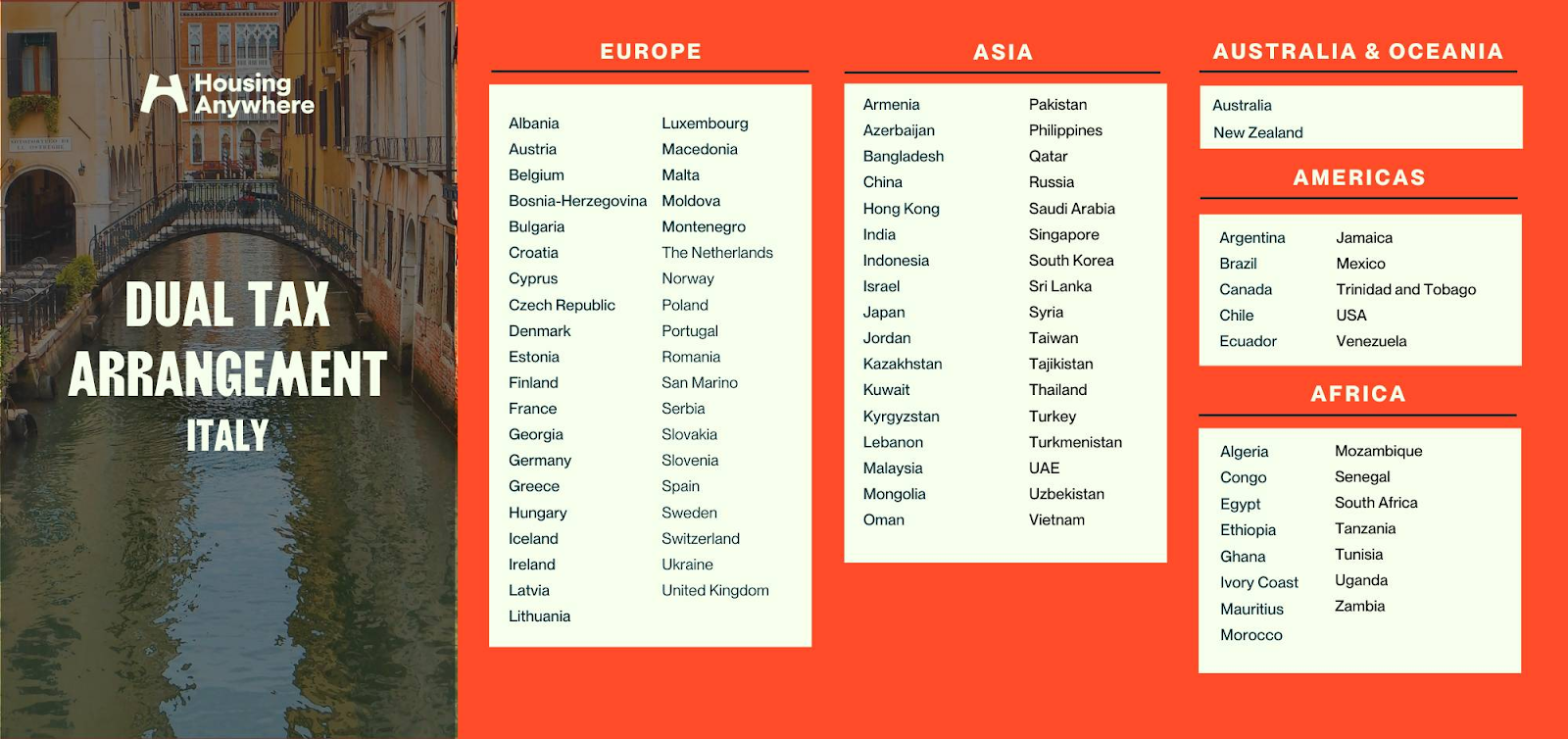Understanding Italy's Two Tax Options

There are distinct differences between the two options offered by Italy, which lead to different outcomes for individuals.
The first possibility is the 26% rate, which calculates your fees based on realized profit from your cryptocurrency sales. It takes away your purchase cost from the entire ownership value and applies this rate to the balance, which is your profit. While this is proposed to increase to 33% come next year, it still reflects the traditional approach to deductions.
In contrast, the 18% resort determines your deductions based on the entire assets value and uses the present market value of your holdings as of 1st of January. This market value becomes your effective cost basis and ignores all other capital appreciations before January 1st. Furthermore, this date introduces some time pressures as it acts as a deadline, indicating that traders must carry out their financial calculations and decisions before then.
Interestingly, there are several ways to pay.
- By June 30th of the year. For example, for the 2024 fiscal statements, you need to have paid by June 30th, 2025
- You may also submit a lump sum payment by November 30th of the following annual returns after that year.
- You could pay in three annual installments following the fiscal period. So for 2024, you could pay annual installments from 2025 to 2027, but with an additional 3% interest.
Again, once chosen, the eighteen percent substitute shan’t be changed or applied selectively as it applies to the entire holding.
More importantly, the 33% increase proposed for the standard appreciation renders your choice of the two routes a critical one for your financial strategies. Since your future selection is also impacted by your pursuing the alt route, it becomes vital to lock it in from 2025, considering that the proposed increase will commence next year.

Capital Gains Method: The Traditional Approach
A look at the 26% standard capital increases path shows a traditional pattern for growth deductions. This uses the actual profit from transactions to calculate an individual's obligations. Here, your cost basis is usually the selling price plus fees, with both being deducted from the selling price at disposal. Hence, only upon turning a profit must you pay up.
Prior to 2025, growth of up to €2K were exempted from any deduction, with only additional profits beyond the €2K threshold being charged. However, this ended with 2024.
Also, if there were losses made, Italy’s laws provide for the losses to offset the increases, giving relief and adding to an investor’s strategy chest. Nevertheless, the losses only apply to the year when they were made. All calculations reset for a new year, and smart traders often strategically employ this strategy towards the end of the fiscal period.
Another important thing to note about Italy’s system is that it calculates cost basis using the LIFO (Last In First Out) method. This means that your most recent purchases become the disposed asset, and this will possibly have a huge impact on your fees when compared to the FIFO (First In First Out) method.
Frankly, the twenty-six percent capital gain option is often most favorable to individuals with minimal trading activities, those who made losses during the fiscal year, and those with small securities.

Alternative Tax Method (18%): The Reset Option
Unlike the traditional approach, where calculations are based on growth, this Plan B approach deducts from the overall holdings value. Hence, one needs to carefully consider the impact of this gear shift before taking it. Critical to this choice is the use of the entire holdings as of January 1st to calculate the cost basis, ignoring previous purchase numbers. This means that it uses the value of your holding as of January 1st, 2025, for 2025.
Also, under this option, the €2,000 exemption does not apply, and regardless of your portfolio size, the eighteen percent deductions are applied to all your holdings. Additionally, unlike the monetary gains method, the losses incurred may not be offset against the appreciation under this Plan B method.
However, it gives you a certainty that may be used to reliably calculate your obligations regardless of the outcomes of your activities, whether you made wins or losses. This is very beneficial to high-net-worth operators, those predicting huge future appreciation, and those who prefer tariff certainty.

Strategic Considerations: Making the Right Choice
For every cryptocurrency trader, carefully considering the ever-changing laws and policies requires that specific considerations be made to have a robust financial strategy. For these choices presented here, the following are critical evaluations to select the optimal possibility for you.
- Consider the level of diversification of your portfolio, as this significantly increases the complexity of your choice as your holdings become more diversified. Multiple cryptocurrency holdings often have more complexity, and you’ll need to analyze if mixed performance or concentrated gains on a specific asset are more favorable.
- Evaluate market timing to make your choice, as this substantially impacts your obligation, especially during a bullish market when the 18% alternative tends to be valuable due to continued appreciation. The capital gain choice is more likely to be favorable in highly uncertain conditions or in bear markets.
- Assess the proposed 33% increase in CG coming next year to determine if the alternative rate will be more favorable for the foreseeable future.
- Appraise your trading frequency to determine the most suitable rate, as the substitute rate might be more beneficial for more frequent traders with significant appreciations.
- For a risk-averse investor who prefers certainty, the alternative rate presents a more advantageous route, giving you the exact fee due to you.
Managing crypto taxes under Italy’s dual-rate system has a tendency to quickly become overwhelming, especially when balancing gains, alternative portfolio choices, and changing deadlines. That’s where 8lends steps in.
With dedicated fiscal crypto tools tailored for Italian investors, 8lends helps you simulate both the 26% and 18% scenarios, forecast obligations, and prepare filings that stay compliant with Italy’s evolving fiscal codes. Whether you’re a casual trader or a high-net-worth investor, it simplifies your decision-making and ensures you never miss a window.
Process and Timing: How to Execute Your Decision

One critical factor to ensure compliance with Italy’s regulations is understanding the process and the timings.
Statutorily, June 30 remains the deadline for payment of duties, and this cannot be achieved effectively without prior planning. From calculating using the January 1st figure as the cost basis, one can often determine the best route of the two. However, missing the deadline automatically eliminates the eighteen percent potentiality.
Also, you can opt for a lump sum and an installment payment of your obligation. The lump sum should be made by November 30th, while equal installments can be made over three consecutive periods preceding the payment requirement. Note that an additional 3% annual interest applies to the installments.
Accurate filing requires the use of Form F24 and the appropriate tax codes while referencing the right year and the identity of the payer. Care should be taken to identify the payment type correctly and to ensure there are no errors, as these can invalidate the election and lead to non-compliance.
Also, ensure that the filing is done promptly, as penalties can include the elimination of the alternative rate option once the deadline passes. This is why early planning is required to avoid the urgency often foisted on investors, analyzing and procrastinating on the best election to adopt.
Conclusion
Choosing the right path among the 26% rate based on capital gains and the alternative payment of 18% based on the overall assets is not a walk in the park. Several critical considerations need to be put in place before arriving at the most suitable one for your use case scenario.
Figures below €50,000 may benefit more under the standard 26%, especially given the €2,000 threshold exemption. However, this exemption ends with 2024. High-net-worth holdings in the range of €100,000 and above may take advantage of the eighteen percent route for long-term financial returns, given that it gives more savings and certainty.
Ultimately, you want to determine your trading frequency, portfolio diversification, and tolerance for risks as these are critical factors that help you determine the most suitable choice for you. Additionally, the 26% election is proposed to increase to 33% from 2026, and assessing the impact of this increase on future earnings should also be part of your long-term strategy.
When it comes to managing crypto taxes in Italy, from calculating assets-based obligations to optimizing carryforward strategies and filing accurate Form F24 submissions, 8lends provides the clarity and automation you need to stay ahead of every fiscal change.








